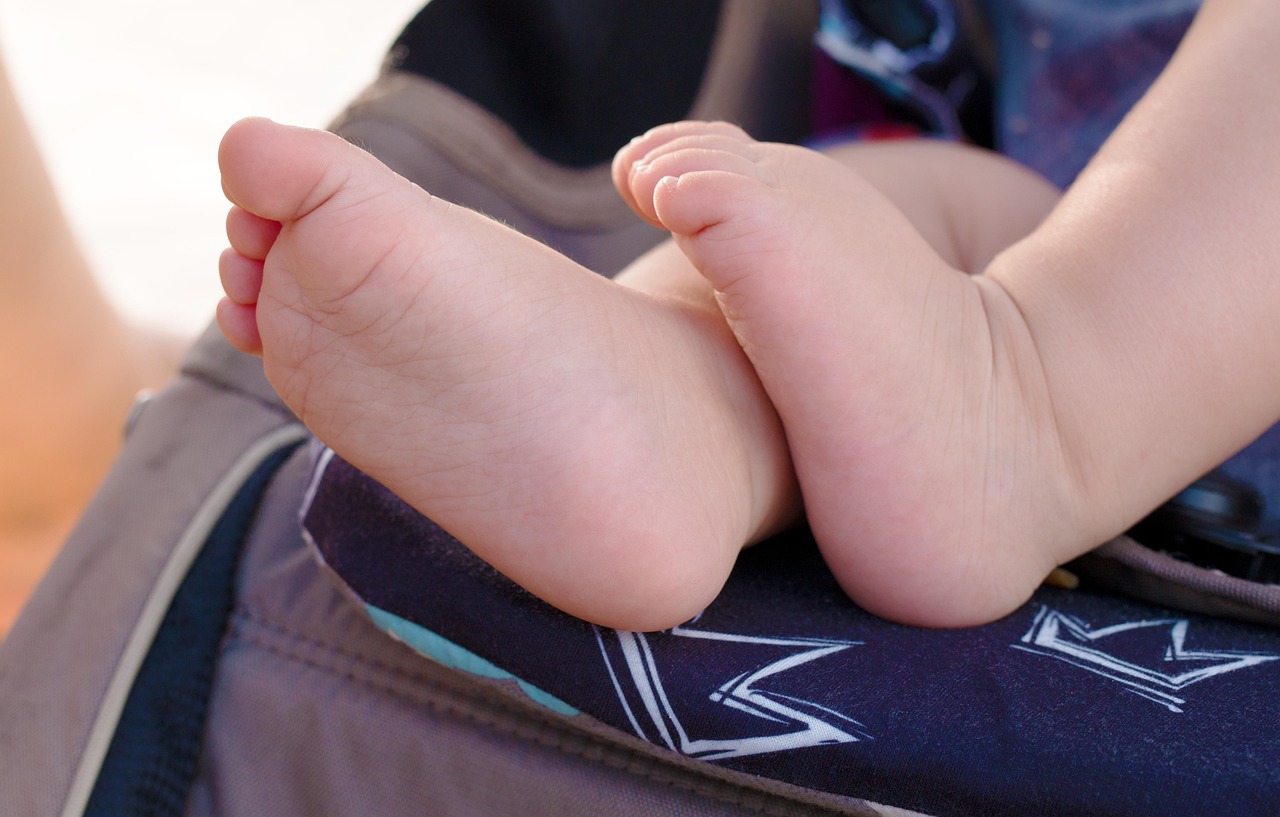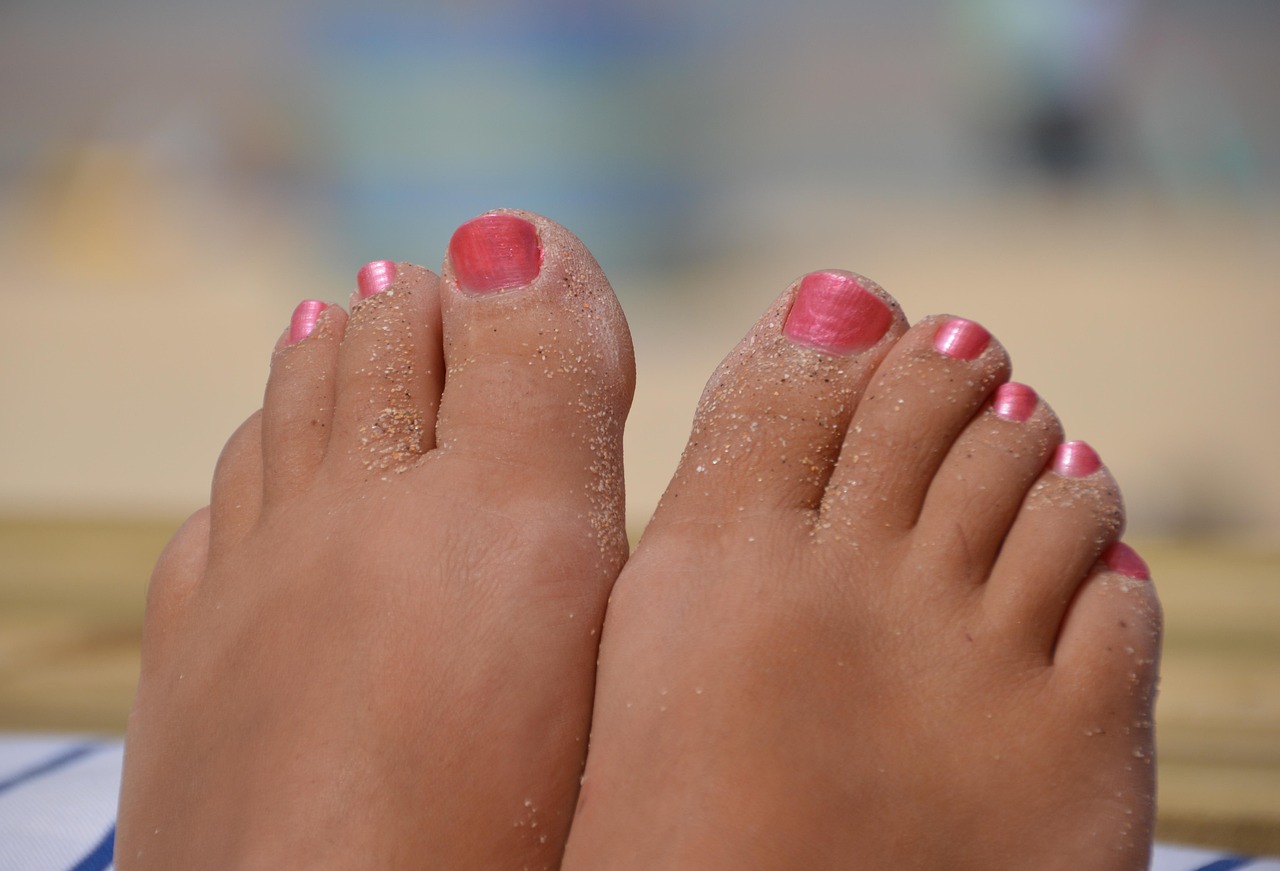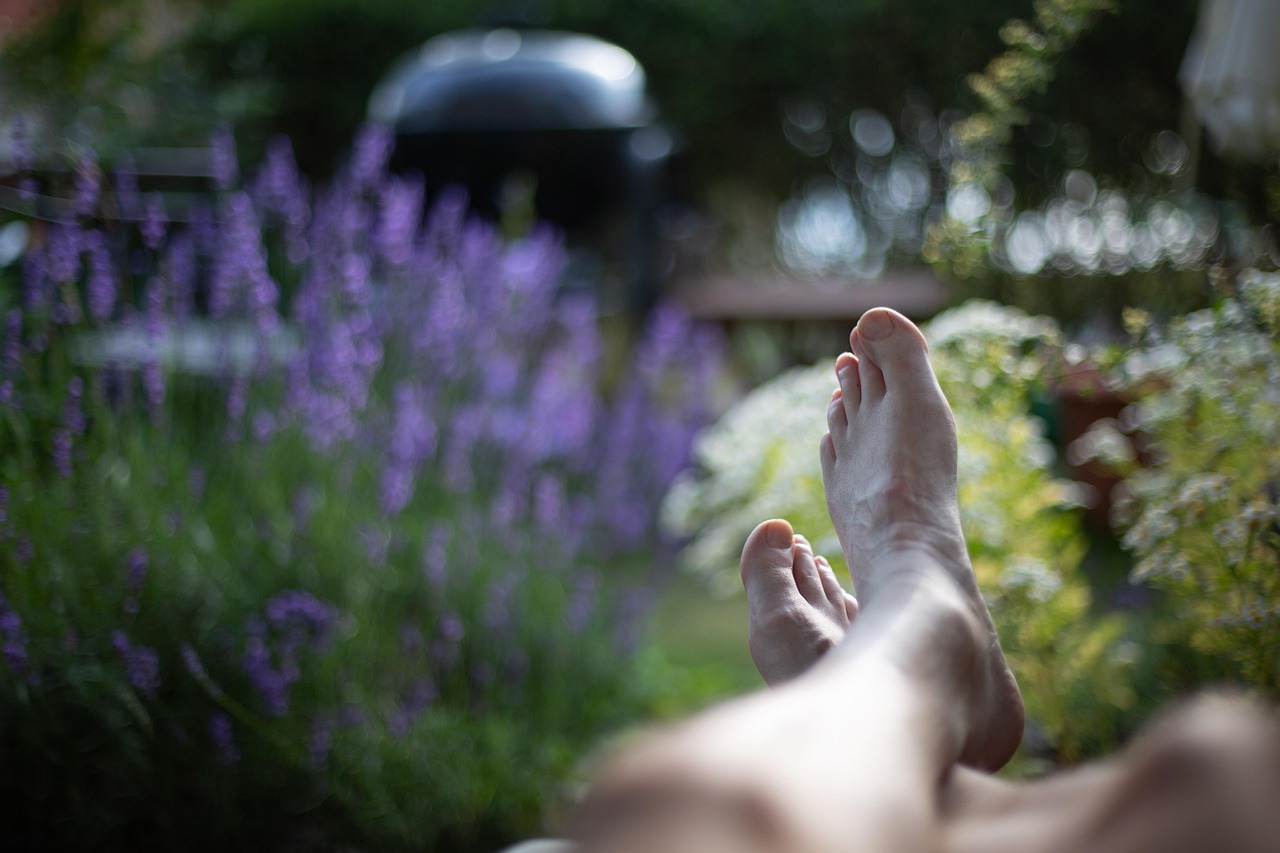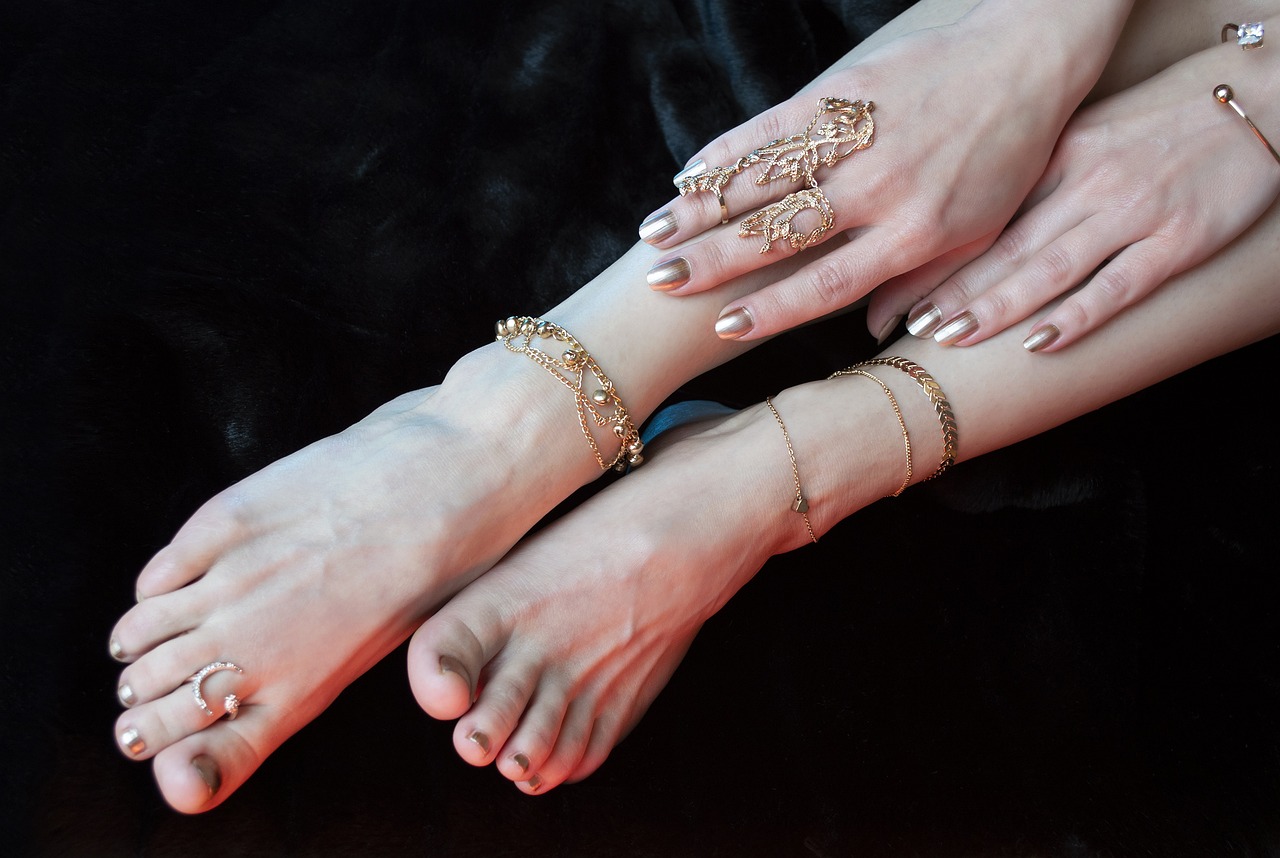When you think of cracked heels, you might imagine dry feet in adults caused by standing too long, harsh weather, or uncomfortable shoes. But did you know that kids can also develop cracked heels?
Though less common than in adults, cracked heels in children can still be uncomfortable, painful, and even lead to infections if left untreated. As a parent, recognizing the early signs and understanding the causes can help you keep your child’s feet healthy, soft, and pain-free.
Here’s what you need to know — and how to care for those little heels with gentle, effective products from The Beauty Pure.
Table of Contents
ToggleWhy Do Children Get Cracked Heels?
Cracked heels in kids can occur due to several everyday factors, including:
👣 1. Walking Barefoot
Kids love being barefoot — especially around the house or outdoors. But constant exposure to hard surfaces dries out the skin and causes heel pressure.
🩴 2. Poor-Fitting Shoes or Open Sandals
Ill-fitting footwear, or shoes that don’t provide heel support, lead to excessive pressure and friction — two common causes of heel fissures.
💧 3. Dehydrated or Naturally Dry Skin
Some children have naturally dry skin or mild eczema, making their heels more vulnerable to cracking — especially in cold weather.
🧼 4. Skipping Moisturization
Foot care isn’t usually part of a child’s routine, so dryness often goes unnoticed until discomfort appears.
Signs to Watch For
- Flaky, peeling skin on the heels
- Redness or inflammation around cracks
- Complaints of pain while walking
- Small splits that deepen over time
- Bleeding or tenderness on the heel area
If your child avoids walking or points to discomfort around the heels, it’s time to take a closer look.
💡 Gentle daily foot care can make a big difference — even for tiny feet.
How to Treat Cracked Heels in Kids (Gently & Effectively)
✅ Step 1: Clean and Soak Gently
Use warm water and mild soap to clean the feet daily. A 5–10 minute foot soak 2–3 times a week can soften dry skin.
✅ Step 2: Avoid Harsh Scrubbing
Don’t use rough exfoliators on kids. Instead, use a soft towel to gently rub off dry skin.
✅ Step 3: Apply a Pediatric-Safe Moisturizer
Use a cream that is paraben-free, dermatologically tested, and made for dry or sensitive skin.
We recommend:
👉 Lapitak Foot Care Cream – gentle yet effective hydration
👉 Lapitak Cream for Cracked Heels – for deeper fissures (for children 6+ under parental supervision)
✅ Step 4: Use Cotton Socks at Night
After applying cream, have your child wear light cotton socks to help the product absorb and prevent mess on bedding.
How to Prevent Future Cracks
- Encourage regular foot washing and moisturizing
- Choose well-fitted shoes with heel support
- Avoid long periods of barefoot walking on hard floors
- Increase water intake to support skin hydration
- Monitor for early signs of dryness and act quickly
When to See a Doctor
If cracks are bleeding, infected, or not healing after consistent care, consult your pediatrician. Children with eczema, diabetes, or skin allergies may need specialized treatments.
Final Thoughts: Healthy Heels Start Young
Just like brushing teeth and washing hands, foot care should be part of every child’s routine. Teaching kids to care for their feet early on helps prevent pain, builds lifelong habits, and keeps their steps confident and comfortable.
👉 Explore The Beauty Pure for gentle, effective foot care designed to support every step — from toddler to teen.





